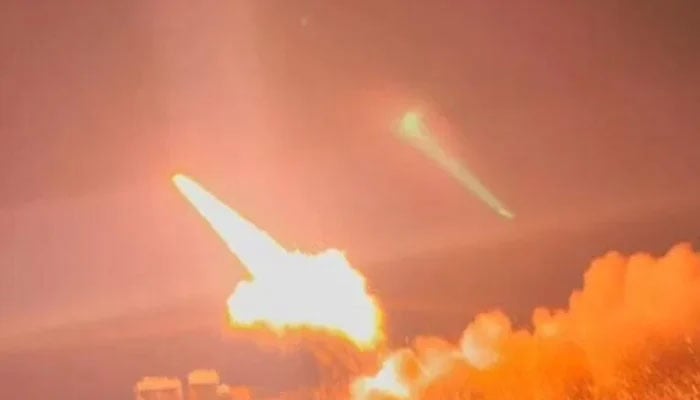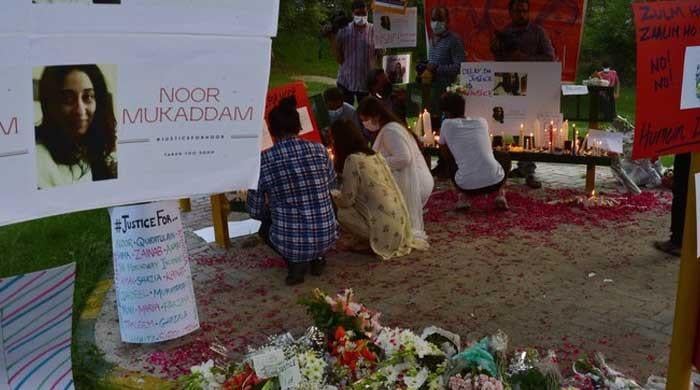Fact vs hype: Media lessons from Pakistan-India conflict
Indian media not only flouted journalistic principles but also promoted 'war frenzy' reporting based on false claims, fake videos
June 02, 2025

The recent India-Pakistan tension not only exposed the fragile peace situation in South Asia but also forced the role of the media to seriously examine the standards and ethical boundaries of journalism in the region.
When the two countries were on the verge of border tension, the media should have shown truth, restraint, and responsibility but on the contrary, the Indian media carried out journalism based on propaganda, emotionalism, and lies that were not only unprofessional but also badly affected India’s reputation at the global level.
The recent clash and its context
The 2025 Pakistan-India conflict was a brief armed conflict that began on May 7, involving aerial as well as drone battles. During the conflict, India claimed that they targeted the camps and infrastructure of militant groups inside Pakistan. On May 10, Pakistan launched an operation codenamed Operation Bunyan-um-Marsoos, targeting several Indian military bases. Several Indian fighter aircraft were also hit and downed by the Pakistan Air Force during the conflict. After nearly four days of the conflict, both India and Pakistan announced that a ceasefire was agreed.
Irresponsible behaviour of Indian media
On this occasion, the Indian media not only flouted journalistic principles but also promoted "war frenzy" reporting based on false claims, fake videos, bogus clips, and emotional slogans. Leading Indian channels and journalists broadcast fake videos as "exclusive footage", made false claims such as Pakistani planes being shot down, and even presented videos of games or movies as war scenes.
This propaganda not only incited public sentiments but also increased the pressure on the Indian government to make wrong decisions, which India had to bear the consequences at the diplomatic, moral, and international levels.
India's discredit at the global level
International media and various fact-checking organisations strongly criticized the Indian media's frivolous and propaganda-laden coverage.
- Organizations like BBC, Al Jazeera, Reuters and The Guardian clearly exposed the bias, false claims and emotional reporting of Indian news channels.
- The New York Times wrote about Indian media that "during the conflict between India and Pakistan, even some long-trusted outlets reported unverified information and fabricated stories."
- British Newspaper Guardian published “What began as disparate claims on social media platforms such as X soon became a cacophony of declarations of India’s military might, broadcast as “breaking news” and “exclusives” on the country’s biggest news programmes.”
This situation not only raised questions about Indian journalism but also weakened the diplomatic claims of the Indian government before the world.
Responsible behaviour of Pakistani media
In contrast, Pakistani media generally maintained a tradition of balanced, careful and truthful reporting.
Pakistani news channels not only avoided fake news but also made fact-checking a part of their broadcasts. Statements of the Pakistani government and issues appearing on social media were presented responsibly and provocations were avoided. Media organizations reported about the ground realities without emotions.
Due to this attitude, Pakistani media was appreciated internationally.
Many foreign observers and organizations praised Pakistani media and its role in circulating authentic news and information. Social media was also abuzz with international users sharing a lot of stuff regarding the same issue while saying that Pakistani media performed very responsibly in comparison to Indian media.
Guidance for the future
The recent situation has proven that media is not just a source of information for the audience but also an architect of a national and global narrative. When the media embraces lies, sensationalism and propaganda, not only the reputation of the institution is damaged, but the foreign policy, diplomacy and international reputation of the entire country are at stake.
We have to recognize that journalism, especially in times of crisis, is a sacred responsibility. It is time for the Indian media to reflect on its behavior, and for us, a responsibility to maintain and further improve the moral superiority that the Pakistani media has gained on this occasion.
Only a conscious, organized, and truthful media can take this region forward where there is disagreement, but no lies; and where there is national interest, but not above humanity.
The writer is a senior staff member at Geo News. He tweets @siddiqi_
Disclaimer: The viewpoints expressed in this piece are the writer's own and don't necessarily reflect Geo.tv's editorial policy









